Micro-Bit 700 Electron Beam Accessed Memory, 4 Mb Prototype
Tube mémoire à faisceau d'électrons
Elektronenstrahladressierter Speicher
Micro-Bit Corporation, Lexington, Massachusetts, USA.
Founded in 1969, later acquired by Control Data Corporation.
Products and Services: Research in electron beam memory.
This tube comes from the collection of Dr. John L. Sprague, the youngest son of Robert C. Sprague, who founded the Sprague Electric Company in 1926. Sprague was best known for making a large line of capacitors used in a wide variety of electrical and electronic in commercial, industrial and military/space applications. Other products included resistive components, magnetic components (transformers and coils), filter assemblies, semiconductors and integrated circuits. One of Sprague Electric's biggest contributions to the Second World War effort was in the manufacturing of the variable timing proximity fuse. During this time, Sprague also invented the tantalum capacitor. In 1965 Sprague Electric acquired Micro Tech (Sunnyvale, CA), a manufacturer of semiconductor equipment for fabrication.
Robert C. Sprague served on the board of directors for the First National Bank of Boston, Charles Stark Draper Laboratory, MITRE Corporation, Micro-Bit Corporation, Electrostatic Research Corporation, Federal Reserve Bank of Boston, and Associated Industries of Massachusetts.
An electron-beam-accessed memory (EBAM) is a memory that uses a high-resolution electron beam to store information on a microcapacitor target in a vacuum tube. The components are similar to those found in a cathode ray tube. A beam of electrons is generated by an electron gun and focused by means of electron lenses onto the storage target where the beam can cause some local physical change. The bit size corresponds approximately to that of the size of the electron beam at the storage target. Addressing is achieved by deflecting the beam to different locations in the target plane. Either random access or block access can be achieved, depending on the manner in which the target is scanned. Thus the beam can be used to interrogate individual locations on the target surface (bit access), or it can be scanned across the surface in a TV-like scan to read blocks of data (block access).
• John Kelly, The Development of an Experimental Electron-Beam-Addressed Memory Module, Computer, February 1975.
• John Kelly, Progress On An Electron Beam Addressed Memory Tube For High-Capacity, Fast Access, Low Cost Memory Systems, 1974 International Electron Devices Meeting (IEDM).
• Elektronenstrahl-Massenspeicher bereits in drei Jahren, Computerwoche, 1976.
• MOS target in a vacuum tube yields fast, compact memory, Electronics, October 3, 1974.
• Donald O. Smith, Description and use of Electron Beam Accessed Memory systems, Microelectronics Journal, Vol. 10 No. 4, 1979.
• Dennis E. Speliotis, Bridging the memory access gap, National Computer Conference, 1975.
• UK Patent Application GB2183899A - Electron Beam Addressed Memory (Philips).
• Overall program schedule to develop alterable EBAM systems.

Click to enlarge
Longueur • Length • Länge : 62.5 cm • 24" 5/8
Diamètre • Diameter • Durchmesser : 52 mm • 2"
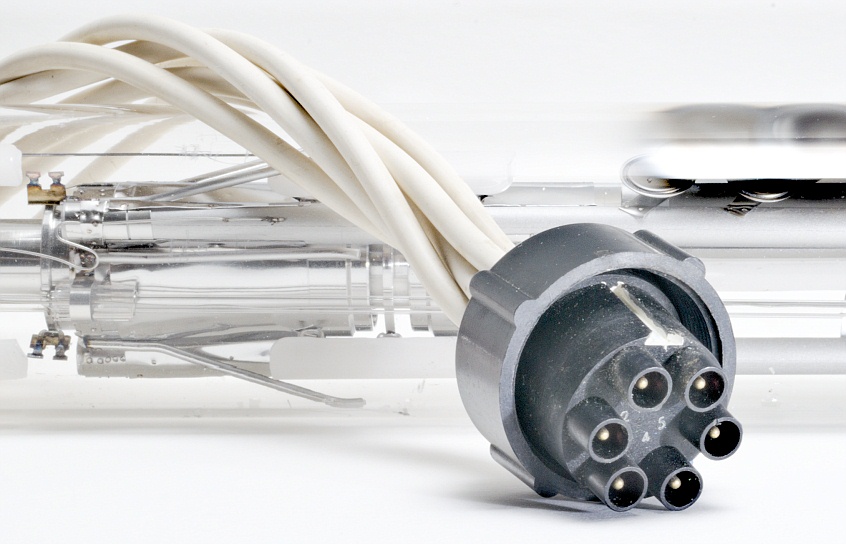
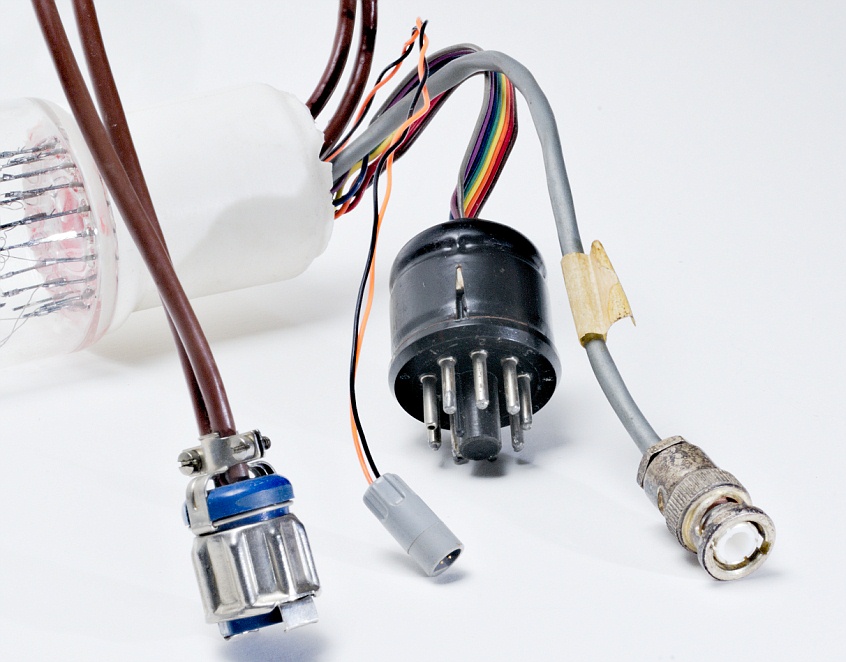
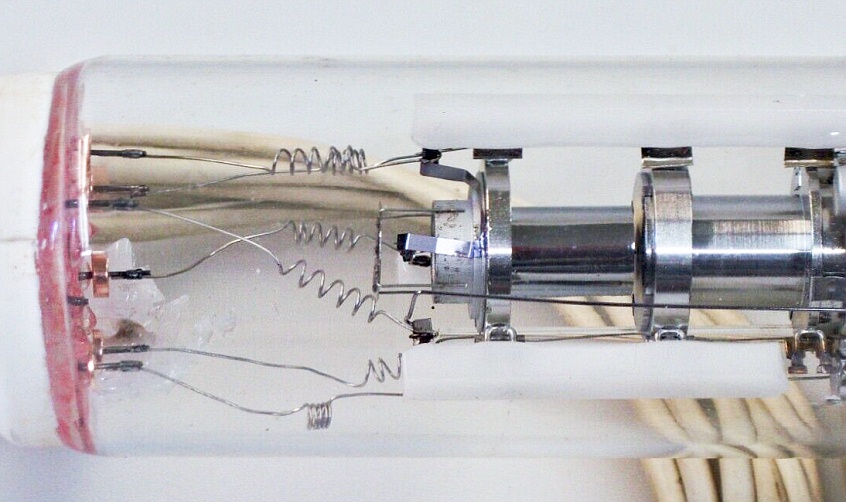
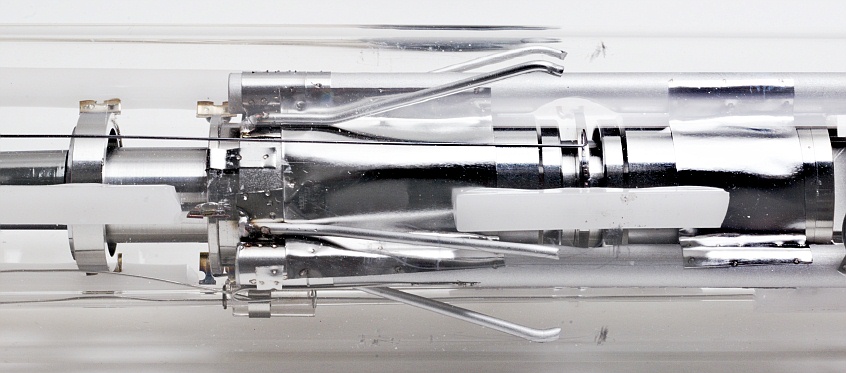
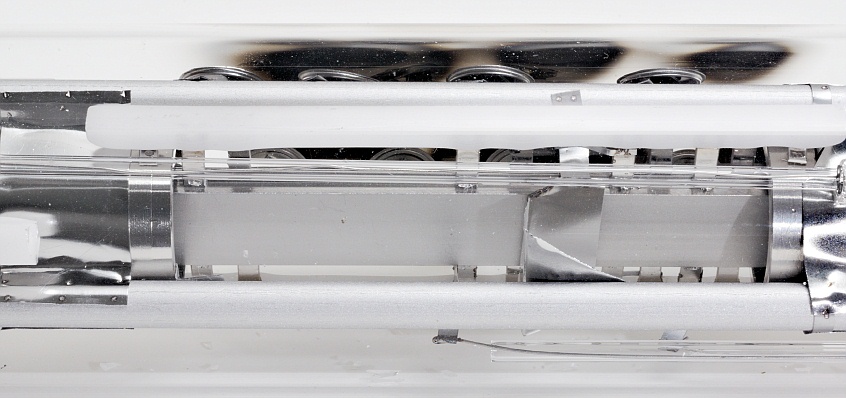
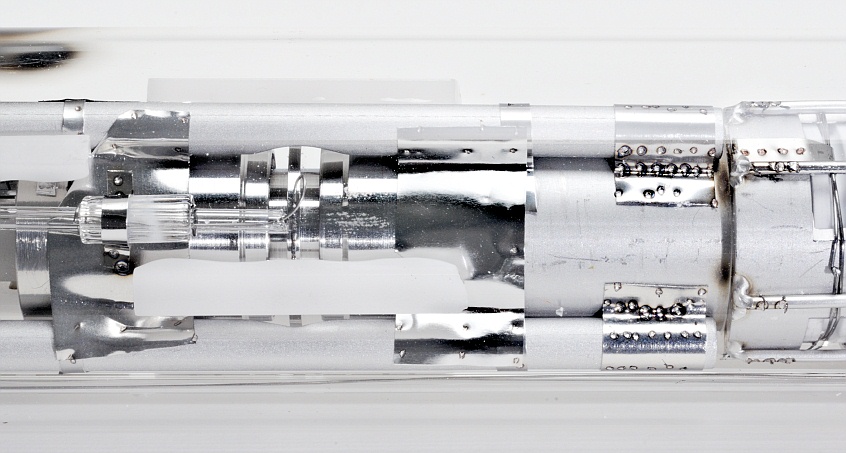
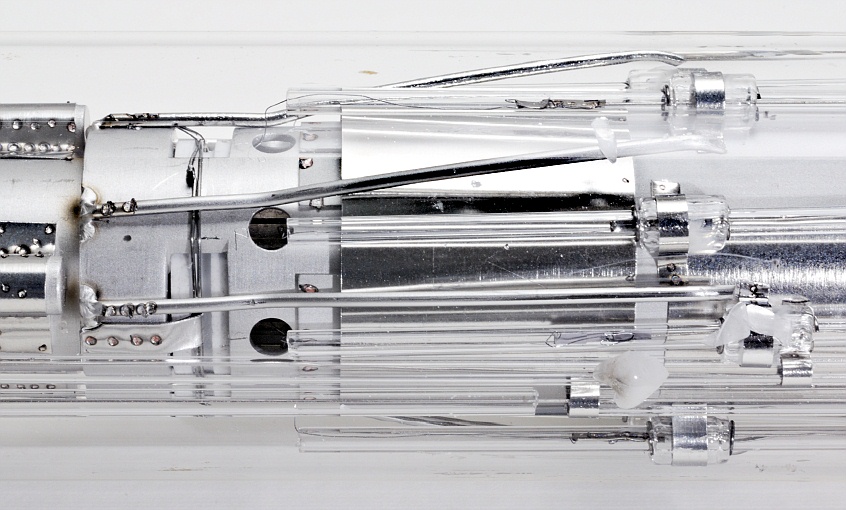

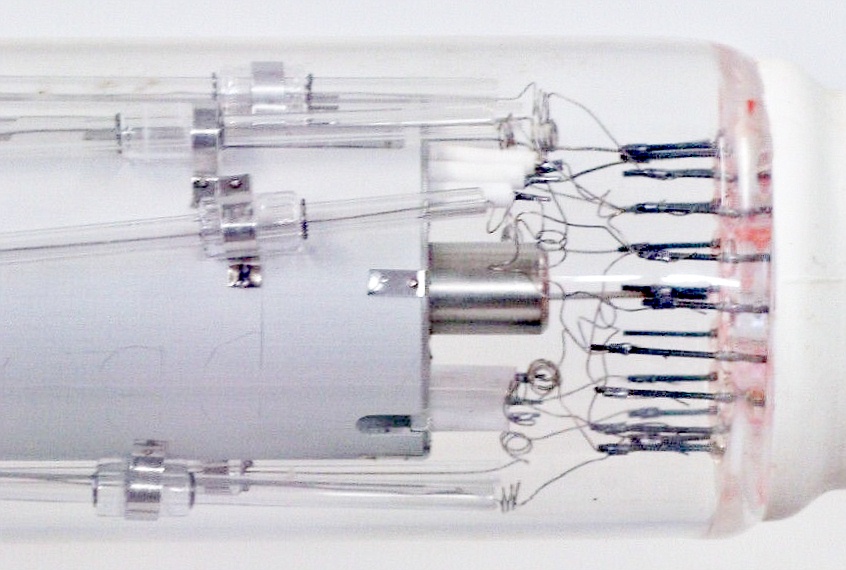
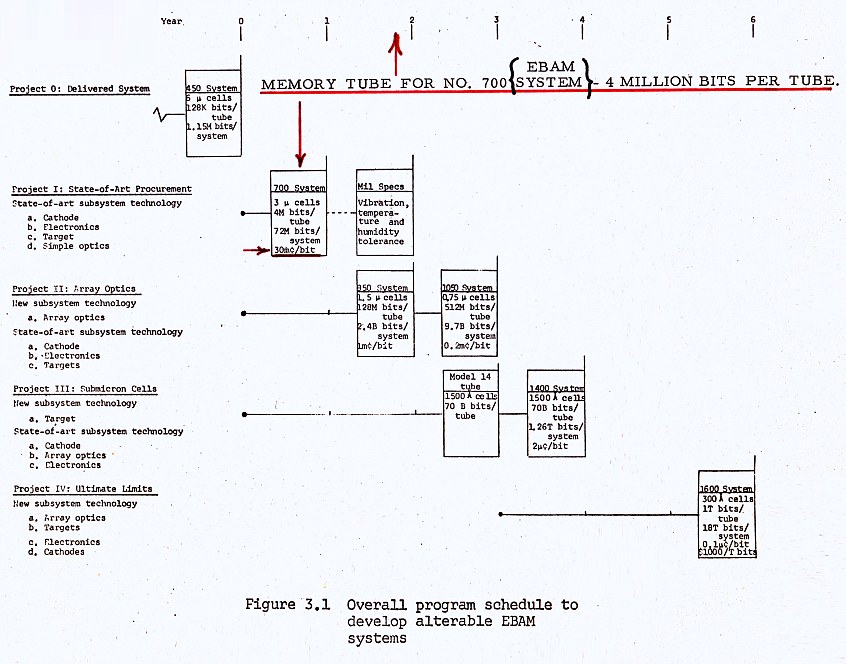
Le contenu de ce site est sous copyleft  The content of this site is under copyleft
The content of this site is under copyleft  Der Inhalt dieser Website steht unter Copyleft
Der Inhalt dieser Website steht unter Copyleft
